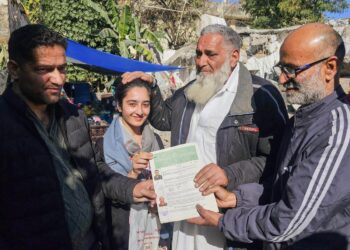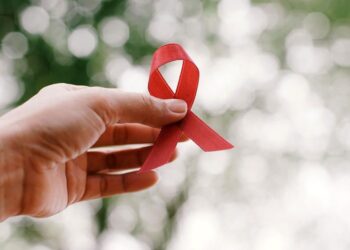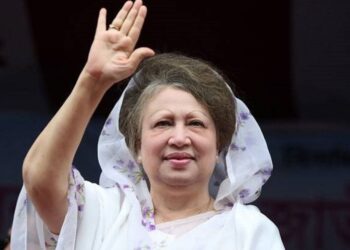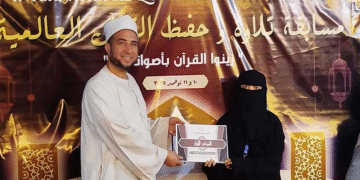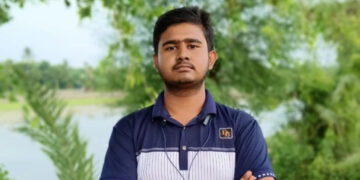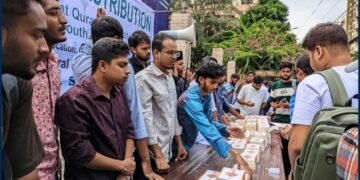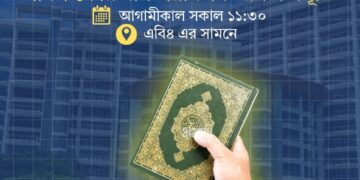Reaching for the Moon with Purpose
Ruthba Yasmin, a Bangladeshi woman, is one step closer to making history by becoming the first woman from Bangladesh to walk on the moon. She recently completed her training for the “Moon Pioneer Mission” by Space Nation — a big step toward her dream.
On April 16, the exciting announcement was made: Ruthba had joined an all-women crew (with one male member) selected for this mission. Just two days earlier, singer Katy Perry had gone on a space trip with an all-female team aboard Blue Origin, creating a powerful message — women are not just entering space, they are taking the lead.
A Quiet but Strong Voice
After the announcement, Ruthba calmly shared her hopes and dreams. It has been over 50 years since someone last walked on the moon, and she believes now is the time for women — especially women from underrepresented countries — to take that next step.
“If I can be the one to make history, it would be a defining moment not just for me, but for the world,” she said.
From Dhaka to the Stars: How It All Began
Ruthba’s journey began in Dhaka. She studied at Scholastica and then moved to the U.S. to study at Mount Holyoke College in Massachusetts. In 2014, she graduated with a degree in Physics and a minor in Mathematics.
During the COVID-19 pandemic, she returned to Bangladesh and used that time to study Data Science at United International University. But her passion for space never left her. In 2024, she completed another degree — a master’s in Electrical and Electronics Engineering at the University of South Alabama.
Her turning point came while working on her thesis, which focused on “space weather” — especially geomagnetic storms that affect Earth’s magnetic field. This topic sparked her deep interest in space.
Read More: Meat Consumption in Eid vs Rest of the Year
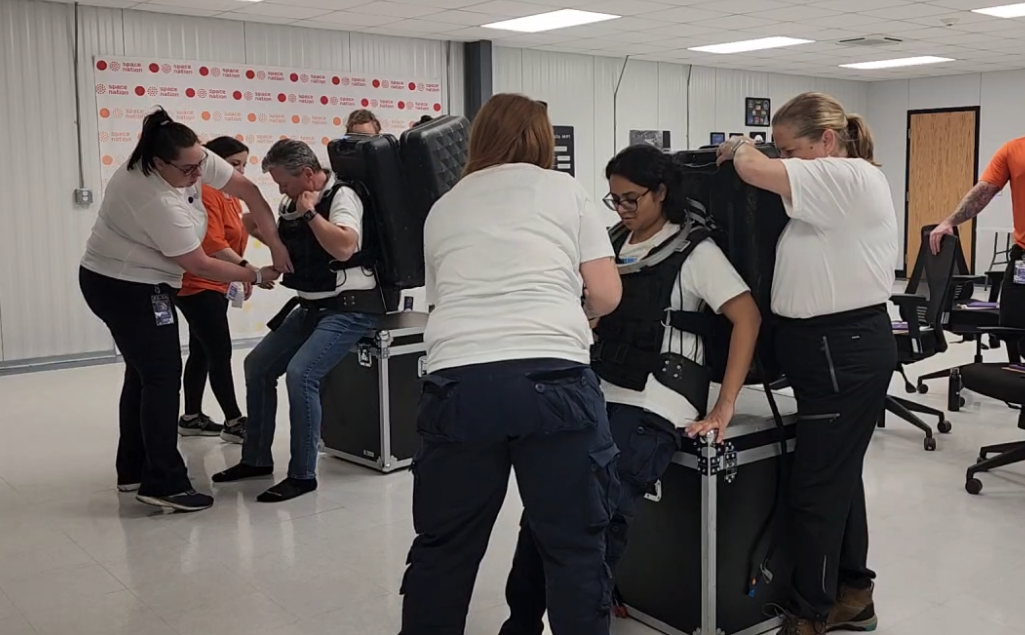
Advice for Aspiring Bangladeshi Space Enthusiasts
When asked how others from Bangladesh could follow her path, Ruthba gave practical advice:
“Anyone who is interested in space can start with small steps. First, build a real interest in space-related topics.”
She recommended studying subjects like science, technology, engineering, and mathematics (STEM). But she also said passion and curiosity matter the most.
“Stay curious, think critically, solve problems, be courageous, and be your true self — these are the key qualities to succeed in space exploration.”
Inspired by a Hero: Sunita Williams
Ruthba looks up to astronaut Sunita Williams, a woman who broke many records and helped shape space science.
“She set records for spacewalks and contributed to important research aboard the International Space Station. She even holds the record for most time spent in spacewalks by a woman,” said Ruthba.
Even though Ruthba grew up in a society where education was available to both boys and girls, she later realised that many fields, like space science, still lack equal opportunities for women.
“Only 20% of workers in the space sector are women, and only 11% of astronauts are female,” she noted.
Ruthba believes we must celebrate the women scientists who helped make space history — like those who supported NASA’s Apollo missions — and create more inclusive opportunities for the future.
Life in Space: Health and Hygiene
Living in space brings many challenges, especially for health. Ruthba said astronauts need to take good care of themselves.
“Sleeping well, staying hydrated, and eating healthy meals are very important.”
Since there’s no running water in space, astronauts use sponge baths, no-rinse shampoos, and soaps. Personal hygiene kits are also a must.
“These routines help us stay clean and healthy while adjusting to life in space,” she explained.
Training for the Moon Mission
One of the most important parts of the training was learning how to wear a spacesuit properly. Ruthba and her team had to practice putting it on in the correct order so that everything worked as it should.
When the mission simulation started, the seven-member crew was divided into two teams: Moon Base and Mission Control. The Moon Base acted as if they were on the Moon, while Mission Control supported them from Earth.
During the training, a serious issue came up — the Moon Base’s life support system had a problem. The crew had to act fast and prepare for an EVA (Extra-Vehicular Activity), which means stepping outside the habitat.

Stepping Into the Moon’s Harsh Environment
The Moon Base team had to carefully read manuals and follow strict rules to exit the habitat safely. They constantly communicated with Mission Control to avoid mistakes.
In space, these EVAs are very important and dangerous. The suits used protect astronauts from space hazards like temperature changes, radiation, and sharp micrometeoroids.
Ruthba had two major jobs: building radiation protection and helping with ISRU (In-Situ Resource Utilisation), which is about using Moon resources.
Everything had to be done on time — they finished their mission tasks with only 60 seconds left before a possible emergency!
Changing Roles and Learning New Skills
After the first round, the team members swapped roles. Ruthba moved to Mission Control and became the engineer guiding Moon Base.
She helped them locate the right crater for resource extraction and gave them step-by-step instructions.
“The mission was like a real test of our abilities — teamwork, quick thinking, clear communication. We had to adapt fast,” she said.
The training helped Ruthba understand what it really takes to succeed on a lunar mission.
Lessons from the Moon Pioneer Mission
For Ruthba, this was not just a science project — it was a life-changing experience.
“It felt like doing an engineering task, but on the Moon. Doing it with my crew, Mag7, was a proud moment,” she said.
She also learned valuable lessons from space experts like:
- Alex Arthur (Leadership Expert), who taught about “teamability” — working together using everyone’s strength.
- Goncalo Esteves (Chief Experience Officer), who led early morning fitness sessions.
- NASA astronaut Michael T. Good (Michael Bueno), who trained the team in space techniques.
Coping with Loneliness in Space
Space travel isn’t just hard on the body — it’s also tough on the mind. Ruthba said astronauts need to train for mental health too.
“To avoid feeling lonely, astronauts take personal items that bring comfort. They also do team activities and exercise regularly,” she explained.
Creating a daily routine and connecting with others helps reduce stress in the space environment.
Looking Ahead: A Future in Space
Ruthba is now trained in Lunar Surface Operations and Artemis programmes, and ready for future missions. She dreams of helping with research, collecting samples, and exploring new terrain.
“Since I was a child, I’ve wanted to be an engineer and astronaut. I want to be the first woman on the Moon and make history,” she said.
She is also focused on solving challenges in the space industry and making sure space travel is sustainable as more people and companies explore it.
Source: TBS
Share via:









